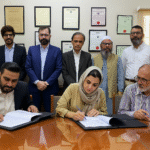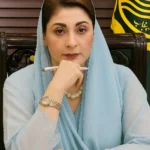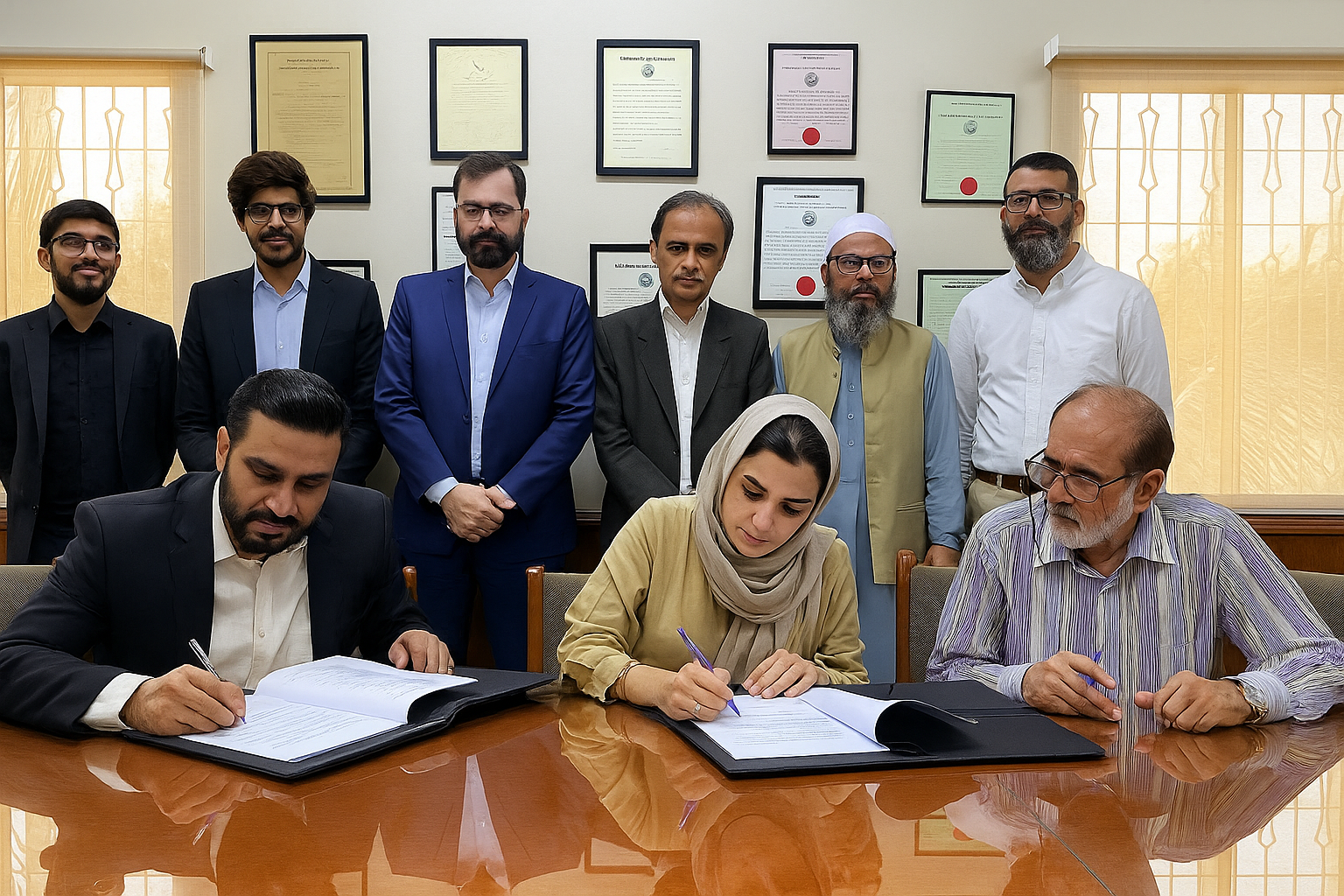Makkah Clock Tower Lights Up to Celebrate Rabi Al AwwalThe Iconic Makkah Clock Marks a Sacred Occasion On the evening of August 23, the world-famous Makkah Clock Tower illuminated the skies with bright green lights, symbolizing the arrival of the holy Islamic month of Rabi Al Awwal. Standing tall next to the sacred Kaaba in Masjid al-Haram, the Makkah Clock has become more than just an architectural marvel; it is a beacon of faith that connects millions of Muslims to the heart of Islam.
The lighting of the Makkah Clock is not just a visual display—it is a spiritual reminder. Every year, as the new Islamic months are sighted, Muslims around the globe look toward Makkah for confirmation, and the Makkah Clock often plays a role in marking such monumental moments.
The Crescent Moon and the Beginning of Rabi Al Awwal
On August 23, astronomers and religious scholars confirmed the sighting of the crescent moon in Makkah at exactly 04:19 GMT. This sighting officially declared the beginning of Rabi Al Awwal. Traditionally, Islamic months begin with the moon sighting, a practice that has been preserved since the early days of Islam.
The Makkah Clock, standing as one of the tallest towers in the world, lit up in celebration of this spiritual milestone. As its green light spread across the skies, pilgrims, residents, and viewers worldwide witnessed how the Makkah Clock honors Islamic traditions while uniting Muslims through symbolic gestures.
Why Rabi Al Awwal Holds Deep Importance
Rabi Al Awwal is one of the most cherished months in the Islamic calendar, especially because it is believed to be the month when Prophet Muhammad (PBUH) was born. Throughout history, Muslims have regarded this time as an opportunity for remembrance, prayer, and reflection.
The Makkah Clock lighting ceremony highlights this significance, turning the holy city into a glowing reminder of devotion. While many countries such as Saudi Arabia, the UAE, Pakistan, and Indonesia mark Rabi Al Awwal with official holidays, gatherings, and special prayers, the Clock adds a unique and global dimension by broadcasting its brilliant illumination to the world.
Makkah Clock as a Symbol of Unity
The Makkah Clock is more than just an architectural structure; it represents unity and identity for the global Muslim community. With its massive dial visible from miles away, it ensures that timekeeping in Makkah remains aligned with Islamic traditions.
When the Makkah Clock shines brightly during occasions such as Rabi Al Awwal, Muslims worldwide feel a connection to the Holy Kaaba, even if they are thousands of kilometers away. The symbolism of the clock glowing in sacred colors, especially green—long associated with Islam—reinforces the shared bond of faith across different nations.
READ MORE:
https://freedompakistan.com.pk/burj-khalifa-slips-away-1/
The Architecture of the Makkah Clock
Beyond its spiritual value, the Makkah Clock is also a masterpiece of modern engineering. Towering at 601 meters, it is part of the Abraj Al Bait complex and ranks among the tallest buildings in the world. The Clock face itself is over 35 meters in diameter, making it the largest clock face on Earth.
Adorned with intricate Islamic calligraphy and illuminated with millions of LED lights, the Clock becomes especially breathtaking during Islamic months like Ramadan, Dhul Hijjah, and Rabi Al Awwal. Its combination of faith, architecture, and technology demonstrates how tradition and modernity can coexist in harmony.
Global Reactions to the Makkah Clock Celebration
As news and visuals of the Clock glowing for Rabi Al Awwal spread, Muslims from across the globe expressed joy and reverence. Social media platforms were filled with images and videos of the clock tower shining against the night sky, symbolizing hope and spiritual awakening.
Pilgrims visiting Makkah described the Clock as “a reminder that the heart of Islam beats here.” For many, simply looking at the illuminated clock inspires peace and reinforces their connection to Allah and His Messenger.
The Role of Makkah Clock in Islamic Events
The Clock frequently marks significant Islamic events. Whether it is Ramadan, Eid celebrations, or the holy month of Rabi Al Awwal, the clock becomes a central feature in how these moments are recognized and celebrated.
For Rabi Al Awwal, the Clock’s green lighting has special importance, reminding Muslims of the values of mercy, compassion, and unity that the Prophet Muhammad (PBUH) embodied. The visual celebration acts as a spiritual signal to millions worldwide, encouraging them to engage in prayers and acts of devotion.
Makkah Clock’s Connection with Pilgrims
For those performing Umrah or visiting during Rabi Al Awwal, the Makkah Clock becomes a guiding landmark. Visible from almost every corner of Makkah, it helps pilgrims navigate through the bustling holy city. At night, when it glows with sacred colors, the Makkah Clock also provides a calming sight that enhances the spiritual atmosphere of the pilgrimage.
Pilgrims often capture photos and videos of the Makkah Clock during special months, turning it into a cherished memory of their spiritual journey.
Preserving Tradition with Modern Symbols
In today’s modern world, where skyscrapers and technology dominate, the Clock serves as a reminder that Islamic traditions remain timeless. While digital tools and apps guide Muslims in observing Islamic months, the Clock still holds a place of honor by visually representing the passage of sacred time.
The green illumination for Rabi Al Awwal proves that faith and modernity can work hand in hand, reinforcing the timeless relevance of Islam.
Conclusion: Makkah Clock as a Beacon of Faith
The celebration of Rabi Al Awwal through the illumination of the Makkah Clock stands as a moment of unity and pride for Muslims everywhere. By lighting up in green, the Makkah Clock reminds the world of the Prophet’s message of peace and compassion, while connecting believers across continents.
As the Makkah Clock continues to mark spiritual milestones, it proves that faith transcends boundaries, time, and distance. The glowing tower remains a symbol of both heritage and progress, ensuring that the heart of Islam continues to shine brightly for generations to come.












